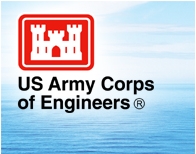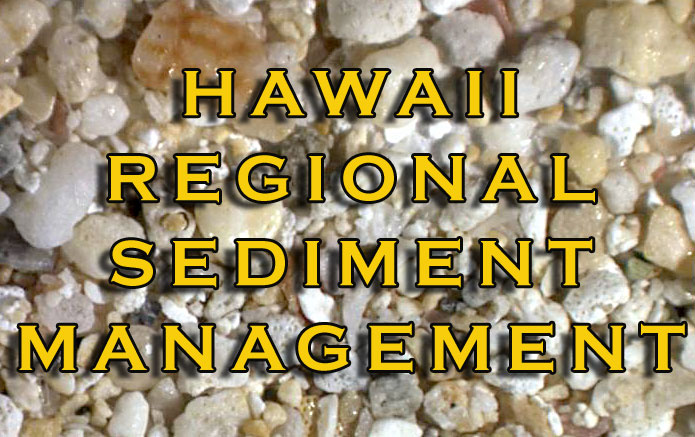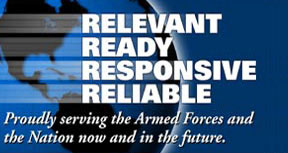BREAKOUT SESSION OBJECTIVE:
The objective of the breakout session was to discuss and expand, if necessary, the proposed problem statements and identify alternatives, opportunities, and issues of consideration for the planning and design of the potential demonstration project. Here are the results that the participants came up with. If you would like to add anything to these topics, please feel free to contact us.
PROPOSED DEMONSTRATION PROJECT LOCATION:
The proposed demonstration project is located along the entire shoreline of the Lanikai community. Shoreline erosion has resulted in the loss of dry beach along the southern portions of the Lanikai shoreline. To the north, the beach tends to widen, therefore providing a buffer to wave induced impacts to upland development. Almost the entire length of the Lanikai shoreline has been hardened through construction of various types of coastal structure.
PROBLEM STATEMENT:
- No dry beach exists along the southern shoreline
- The majority of the shoreline is armored
- Sand loss - 150 feet of beach has been lost overtime in
the southern reaches
- Need to define the goal of restoration - 150 feet of beach or something smaller and more practical
- Loss of recreational uses and natural beach processes
- Coastal erosion and sediment loss
- Is the erosion cyclical?
- Walls - built in response to erosion
- Some additional erosion has occurred after the walls were constructed in some localized areas
- What are the trends and patterns of shoreline change?
- What factors affect shoreline stability?
- Where does the sand go to and come from?
- Conduct a sediment budget
- Ongoing shoreline structure inventory is underway
OPPORTUNITIES:
- Develop a sediment budget
- Biological zone and structure mapping by NOAA is ongoing
- What is the appropriate scale for demonstration projects?
- 3-D model of wave and current forcing is needed that looks at both the major events as well as the everyday activities
- Run-up analysis needed (information available from USGS, Pacific Tsunami Warning Center, and CDC)
- Lanikai beach nourishment project
- Rainfall and flood event data needed
- Risk and vulnerability analysis needed to frame alternatives (economics)
- Beach nourishment conducted at southern end of Lanikai; small nourishment project that lasted only 6 weeks
- Storm event assessment needed
- Develop a "Special Area Management Plan (SAMP)" for
Lanikai that covers a variety of uses, authorities, and participants
- SAMPs authorized in the Federal CZMA and related laws (like CWA). Some funding/cost-sharing available on a federal level.
- May offer a funding mechanism through tax zones
- Pro bono special area plan for recreational uses in Lanikai by the Lanikai Canoe Club
- Consider Lanikai as a fisheries management area
ISSUES:
- Potential conflicting uses - shore protection, fisheries, recreation, etc
- Beach nourishment could impair coral reef systems
- Invasive special issues - algae, sea grass along shoreline
- Turbidity issues
- Water quality concerns?
- Wall not coming out, so alternative shore protection
options are limited
- Lanikai fully armored except for one property
- State encroachment rules may limit shore protection design options
- Exchange of sand between neighboring cells
- Is Lanikai a closed cell?
- Is it an open cell?
- What other cells does it exchange sand with?
- Historical assessment
- What did the shoreline look like before the Bellows AFS revetment?
- What did the shoreline look like after the Bellows AFS revetment?
- Look at strand/dune areas as an "ecosystem" versus
recreational use only
- What are biological benefits of the dune systems?
- Social aspects of design options need to be considered
- Need to protect lateral access
ALTERNATIVES:
- Beaches as ecosystems versus engineering structures
- Conduct public outreach and education plan
- What is the value of the beach?
- Combination of beach fill and hardened structures
- Create pocket beaches
- What would the maintenance issues be?
- Develop and implement a comprehensive master plan
- SAMP, Regional Sediment Management Plan, or some other mechanism
- Create alternative designs where walls need to be fully
replaced
- Goal - minimize future loss of beach areas
- Focus on the science - why or what is going on at
Lanikai?
- Sediment budget analysis


